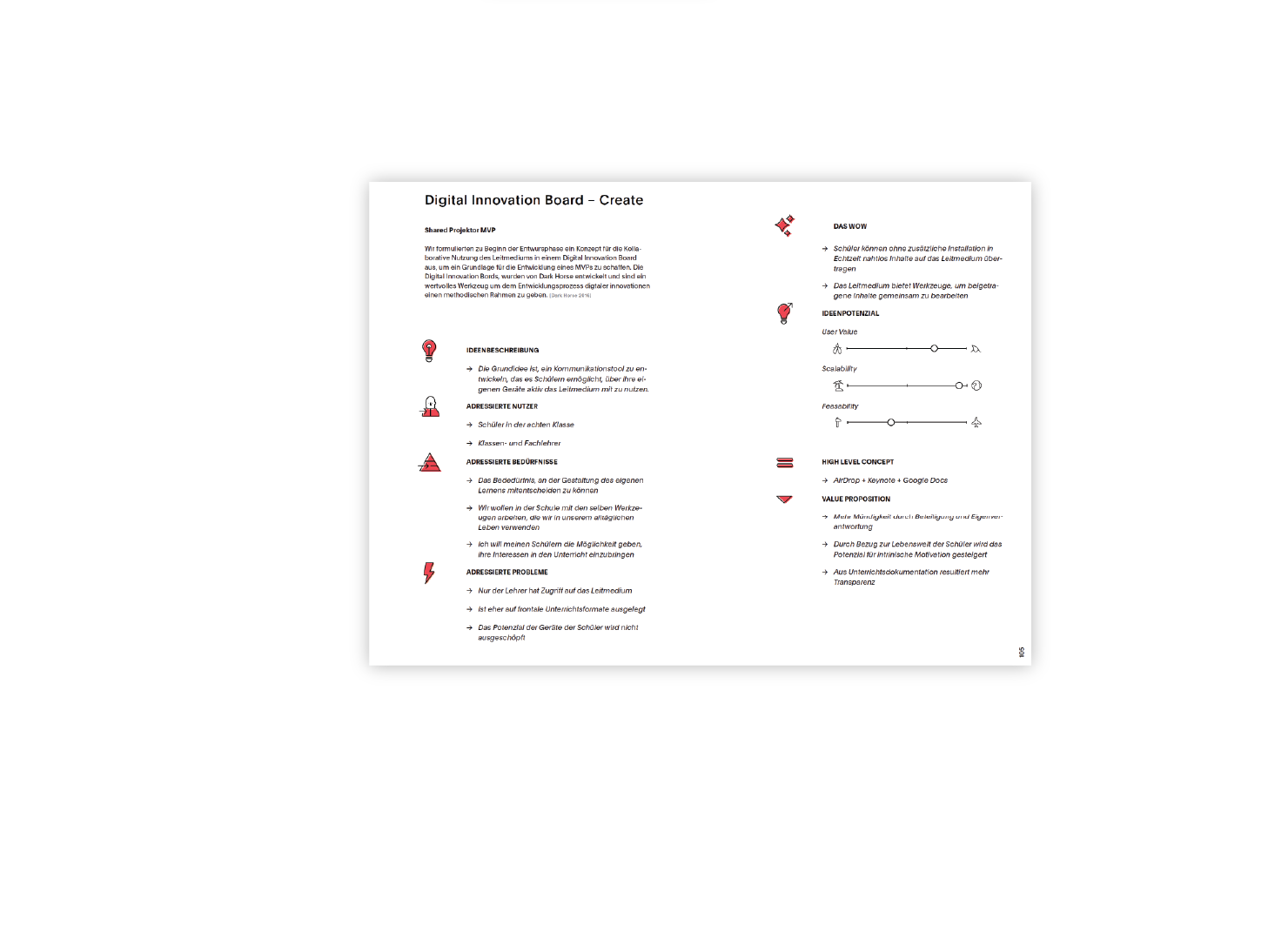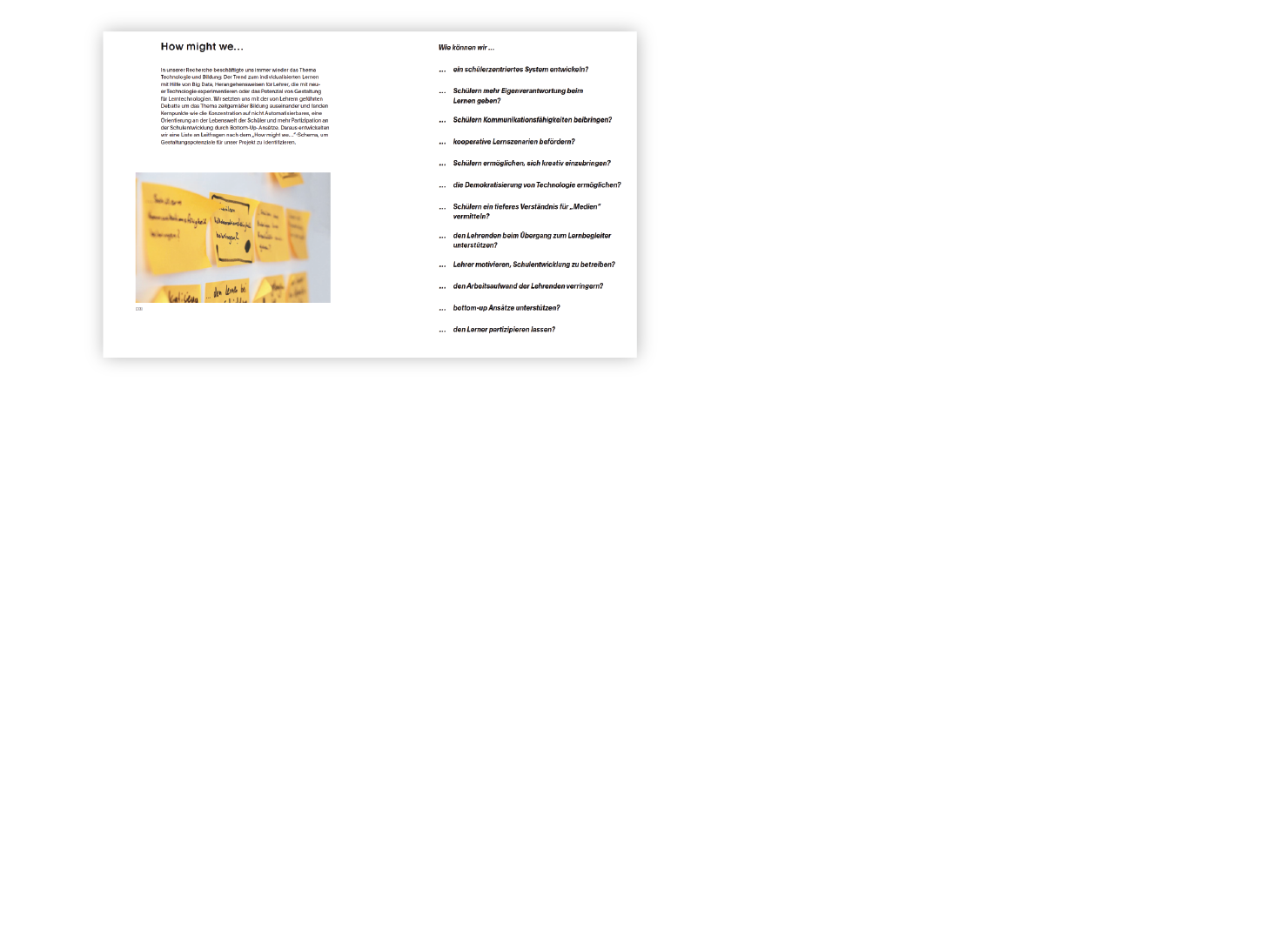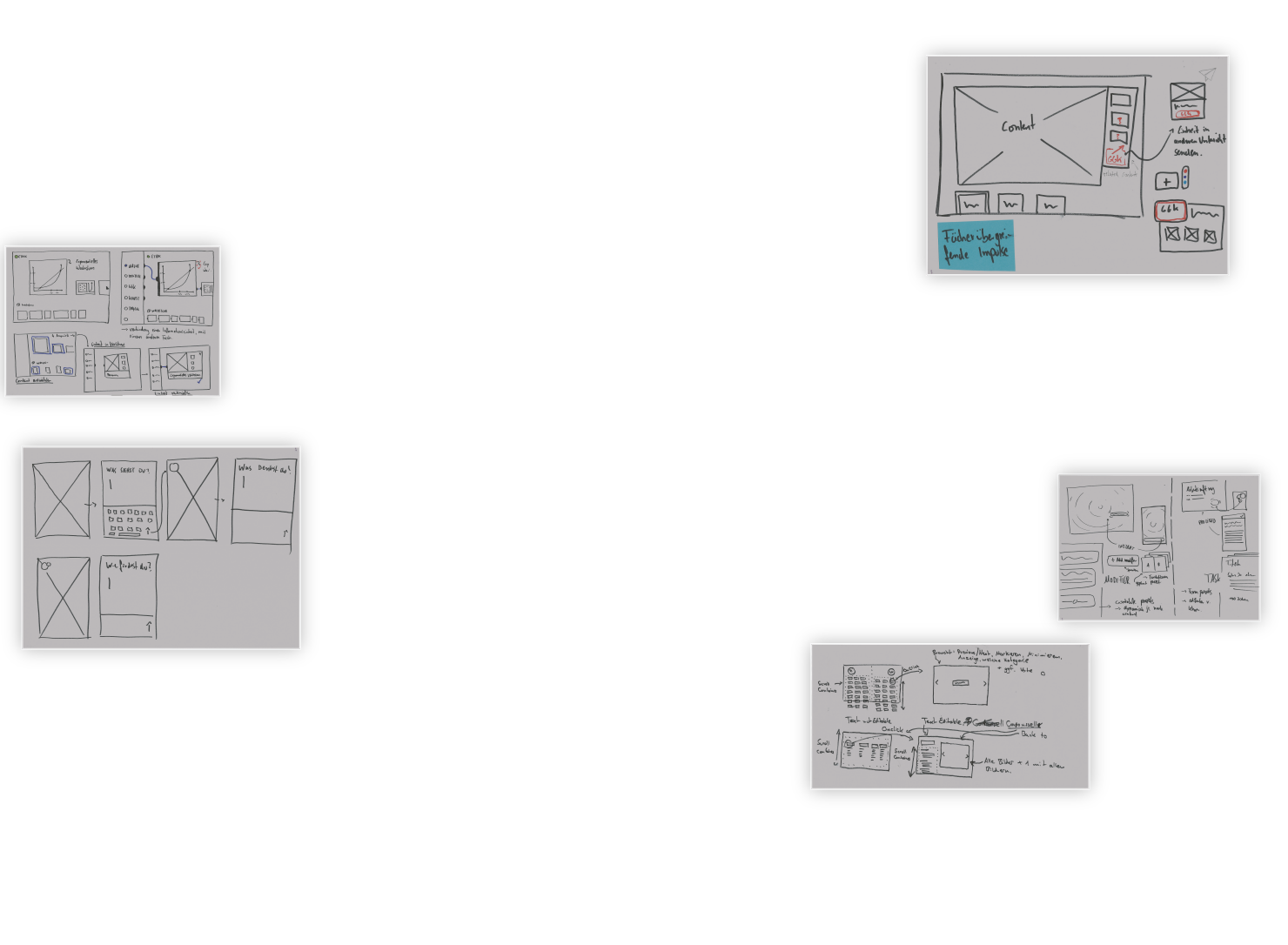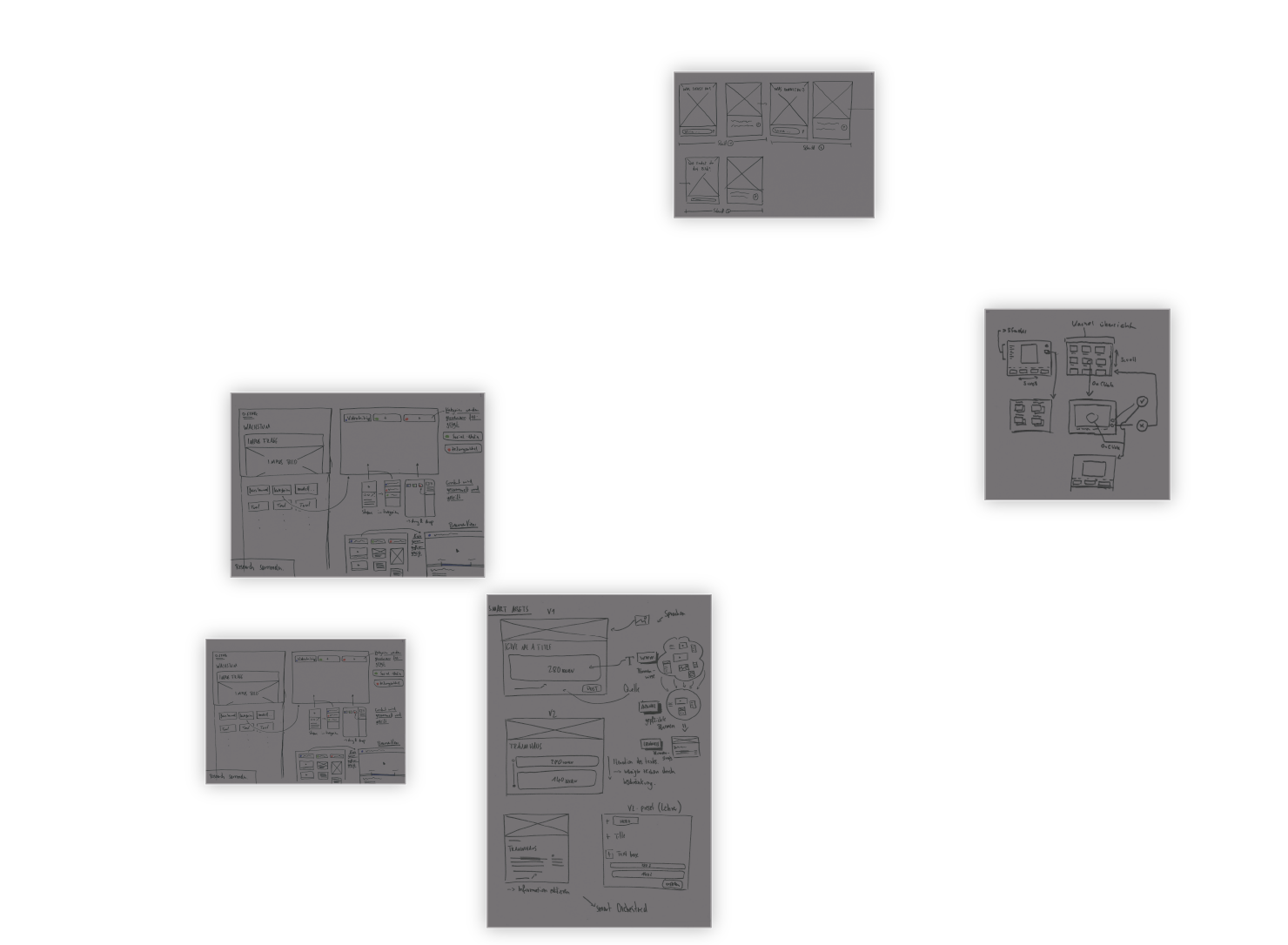beam
Designing practical solutions for educational challenges in a digital age.
Project Description
The digital transformation has changed how we work, entertain ourselves and interact with one another. It is widely accepted that education must adapt to these changes as well.
For our bachelor’s thesis my team and I set out to find ways in which the technologies found in modern schools can be utilized to offer effective education and close the gap between students lived experience inside and outside of the classroom.
The result was beam, a software platform connecting student smartphones and digital whiteboards to create a contemporary way for students to participate in and engage with tried and tested learning activities.
MY ROLE
UX Research
UX/UI Design
CONTEXT
Self-Initiated, Bachelors Thesis at HfG Gmünd
DATE
2018
TEAM PARTNERS
Nico Brand, Leonard Weigand
The process.
UX Research
One cannot solve a problem one does not fully understand.
So, we started this project by researching the theory and methodology of teaching and learning. from the cognitive science of learning over the history of education and schooling systems all the way to various philosophies of teaching.
We Identified stakeholders, conducted marked research and interviewed teachers to define our target audience and create accurate teacher-personas with various degrees of media literacy and different teaching philosophies.
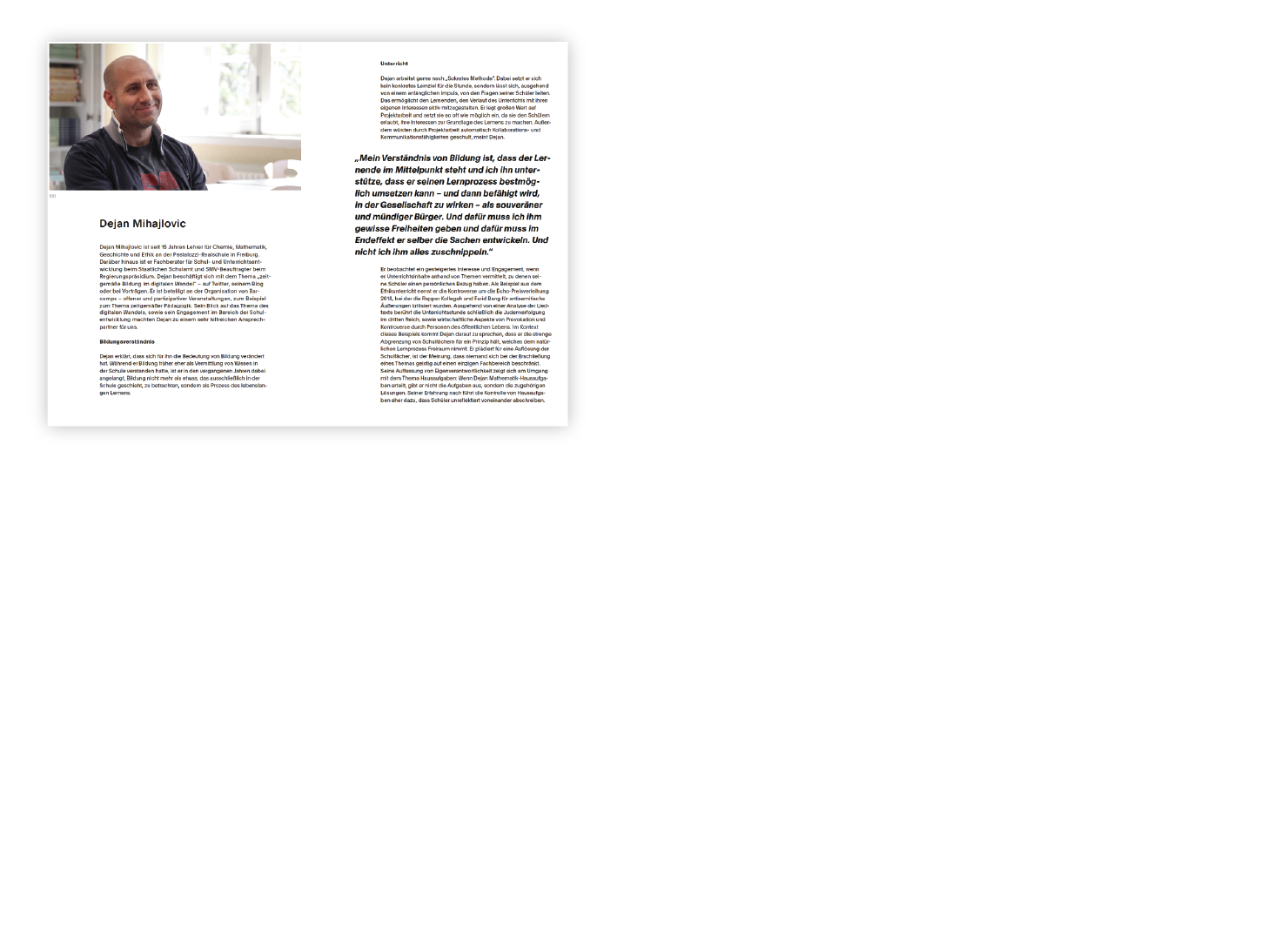
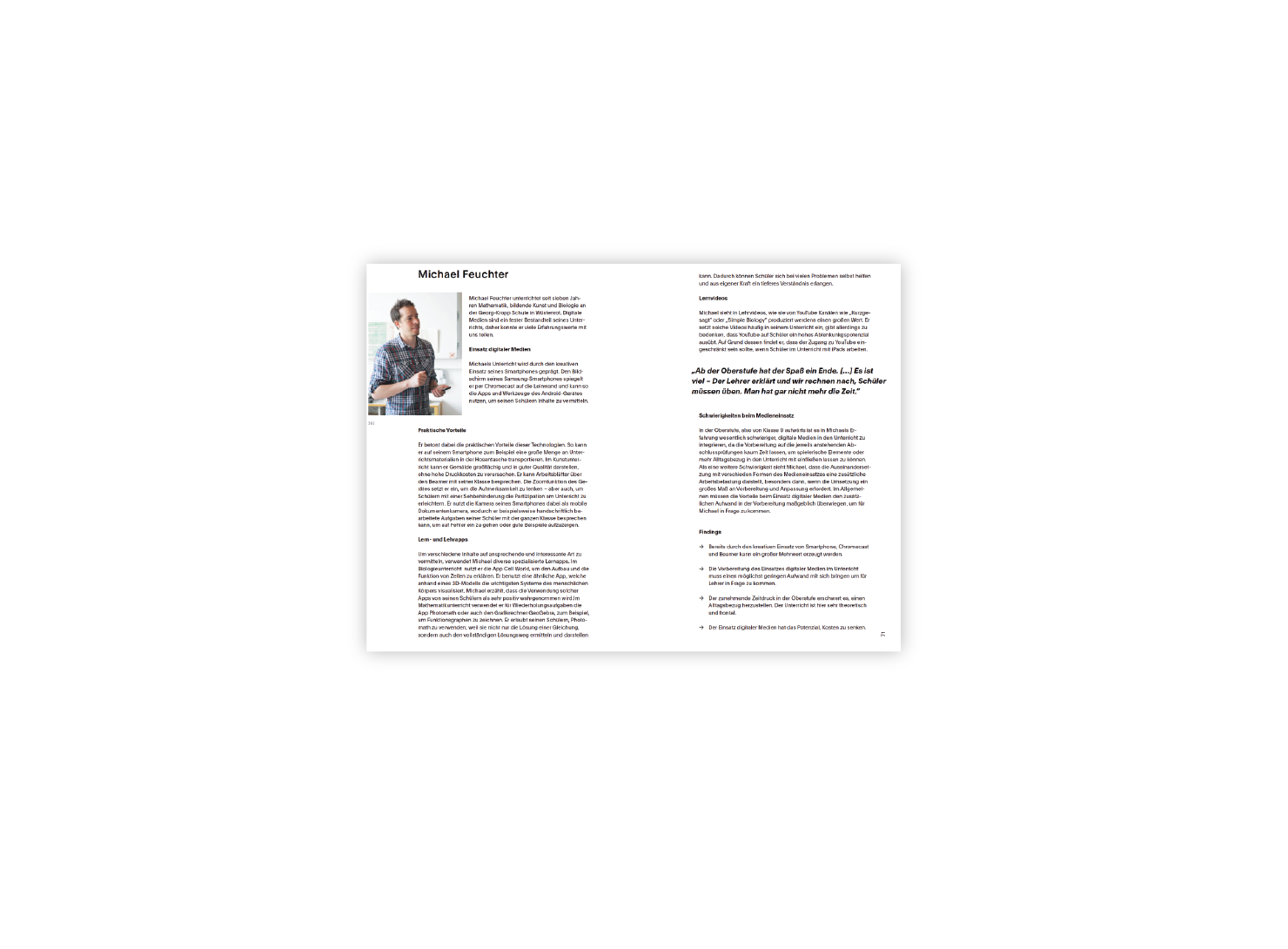
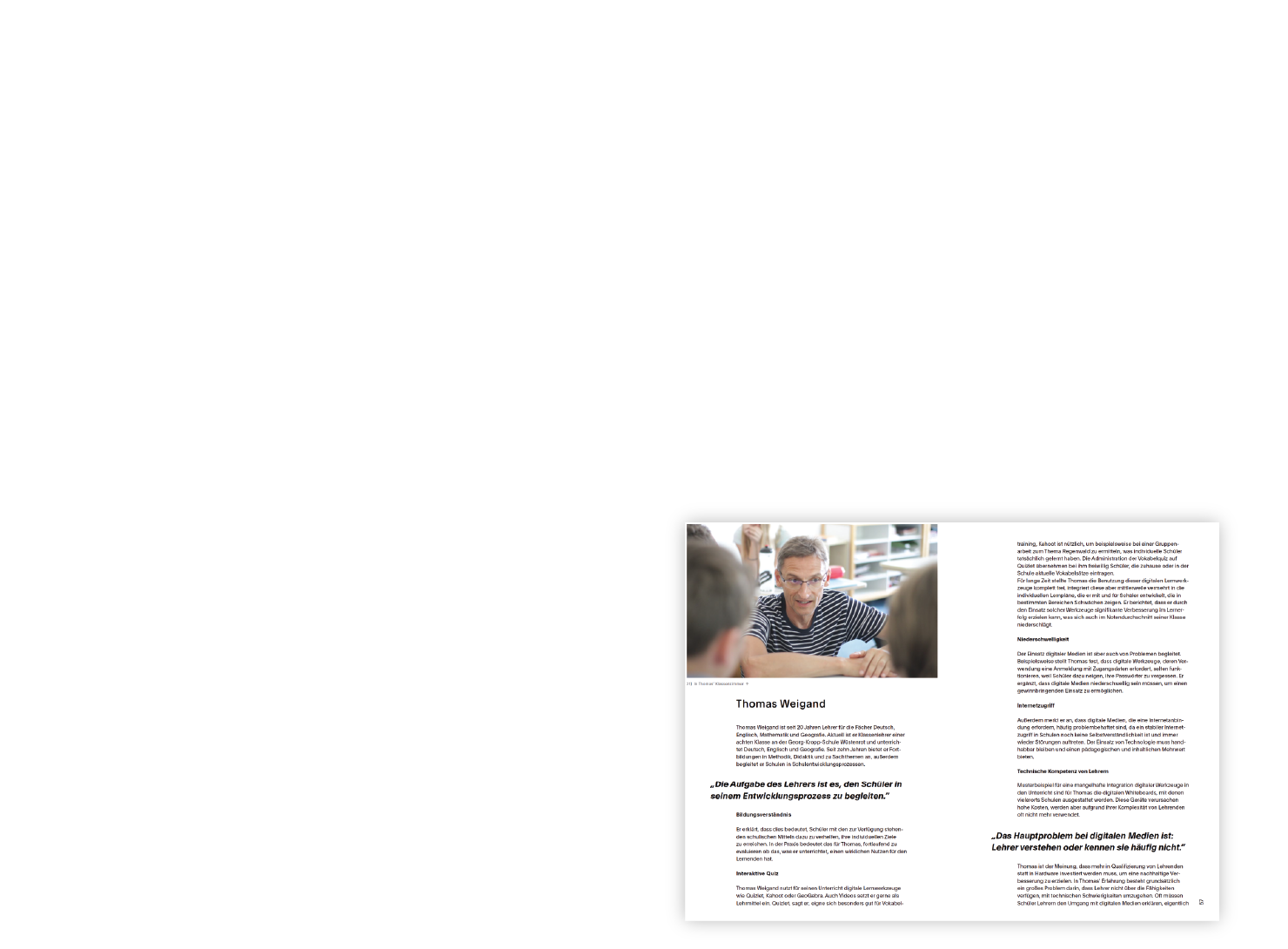
Concept Development
Through use of the how might we method and the “digital innovation board” technique we arrived at a first concept.
A first prototype based on this concept was built and subsequently evaluated in a lesson with an eighth grade class.
Based on insights and findings in evaluation the prototype was iterated, tested again with another class and iterated twice over before we arrived at the final version of beam.
The result.
Bridging the gap.
The opinions, ideas and interests of today’s students are shaped by the content they engage with online to a significant extent. Yet there is very little room for them to express this aspect of their life in class.
Students can and will find ways to use smartphones and tablets in class and recess anyways, so why not use these powerful devices to do something productive at school.
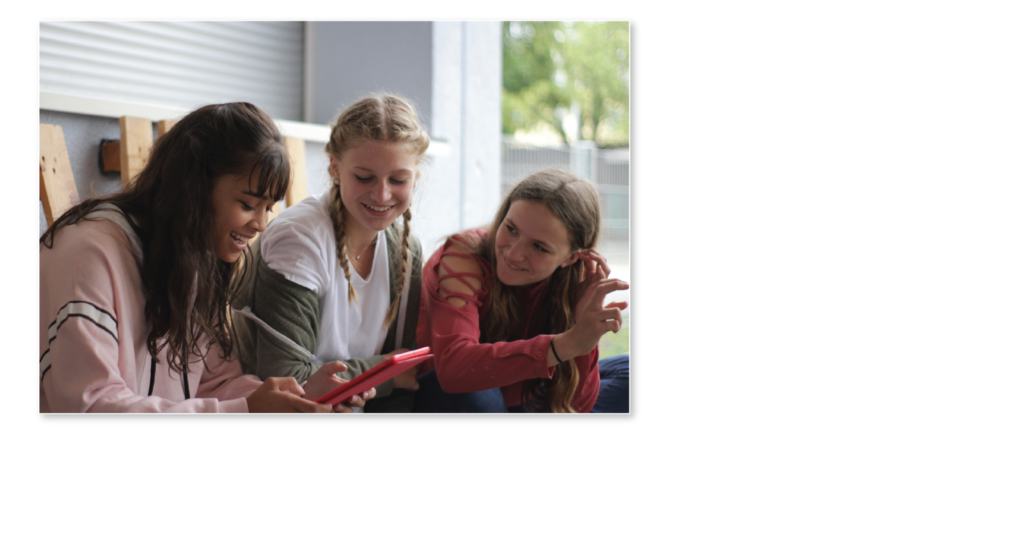
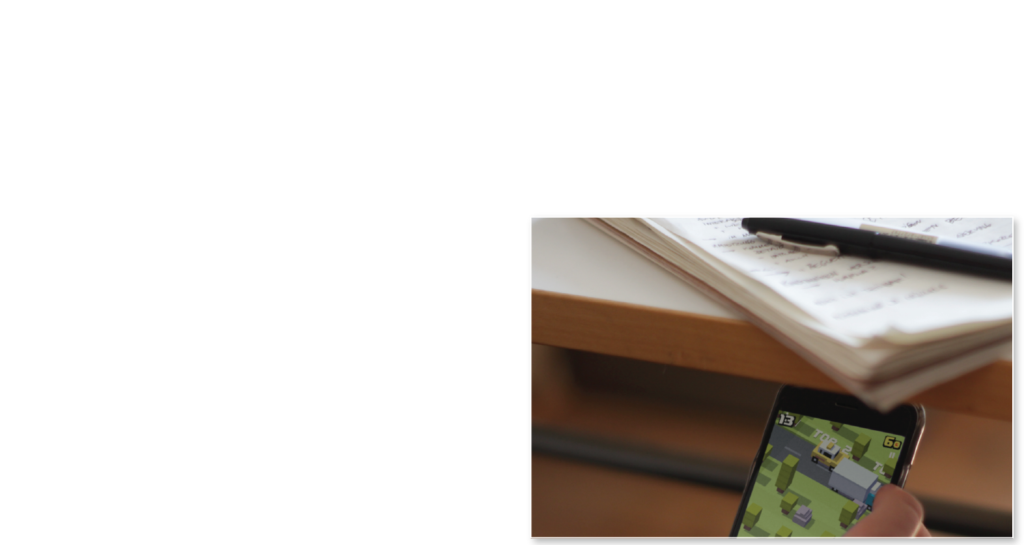
Creating a Dynamic Forum.
With beam students can safely and easily connect their smartphones with digital whiteboards or classroom projectors.
Once connected assignment groups can be made, multimedia content can be shared, viewed and discussed effortlessly.
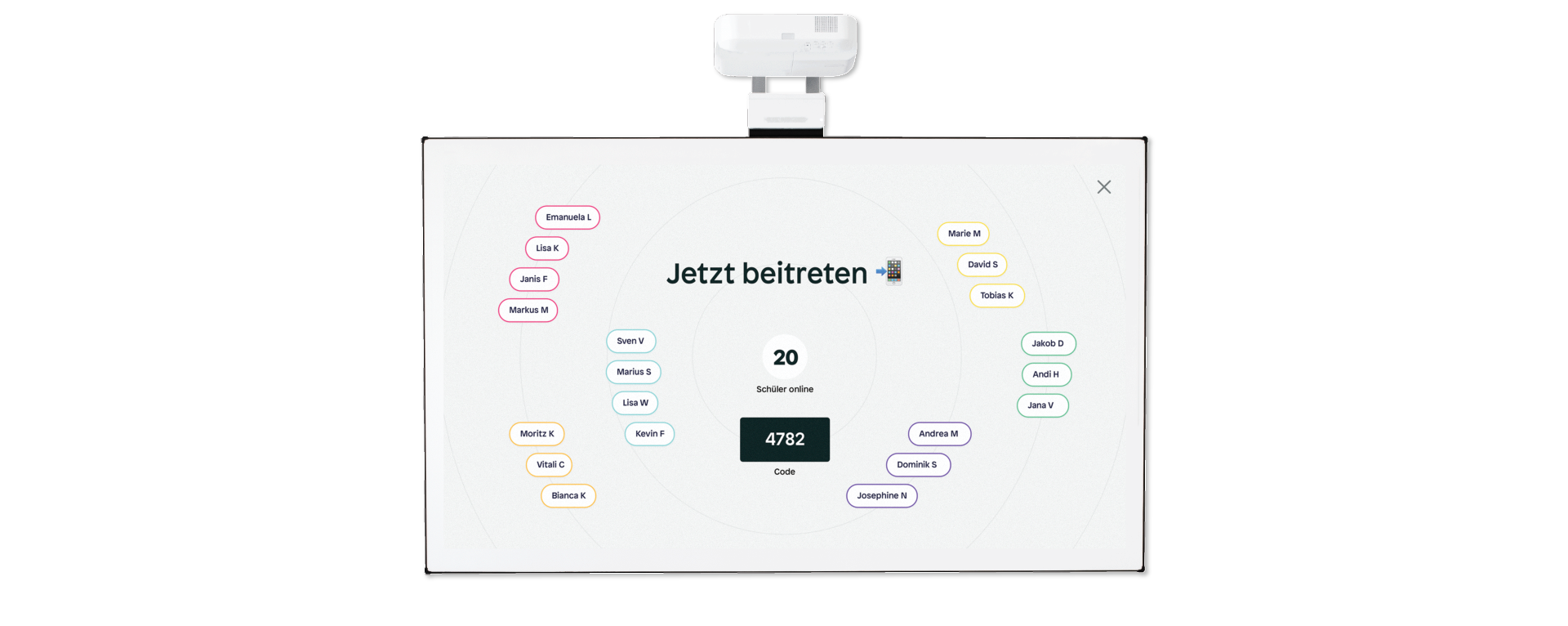
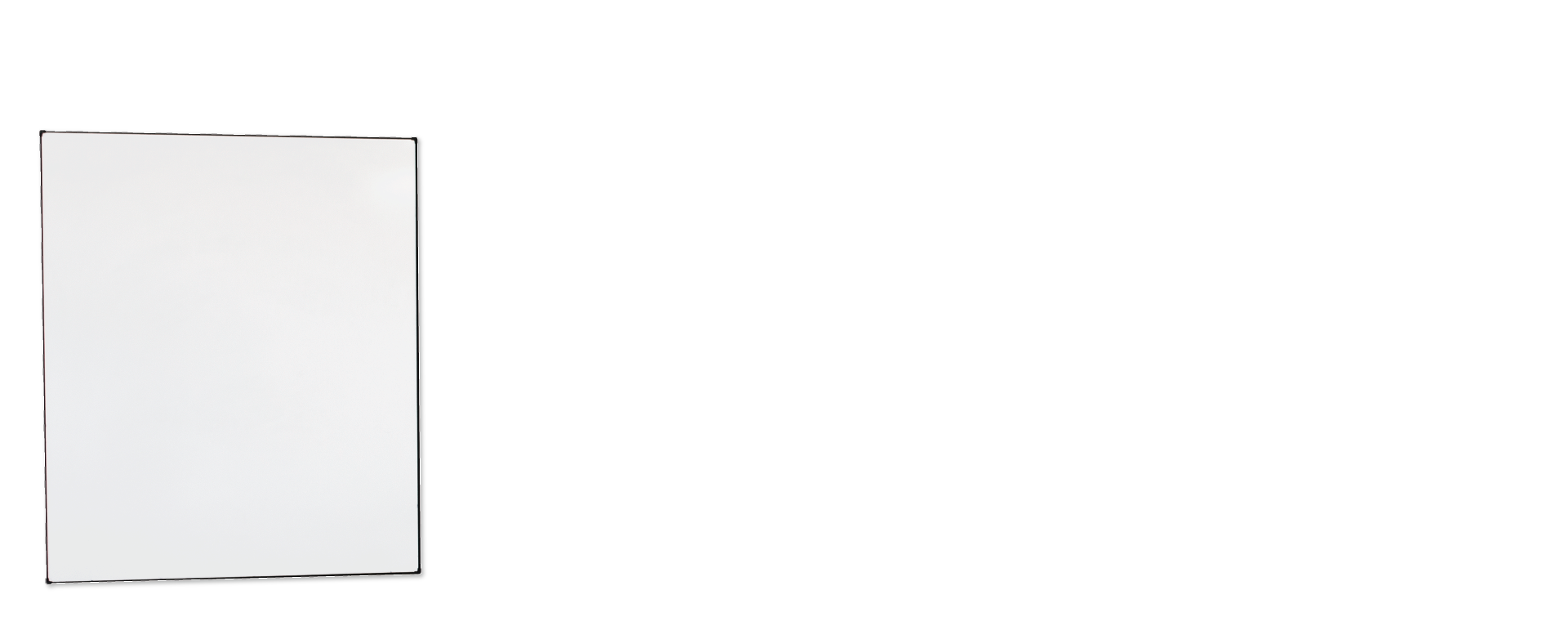
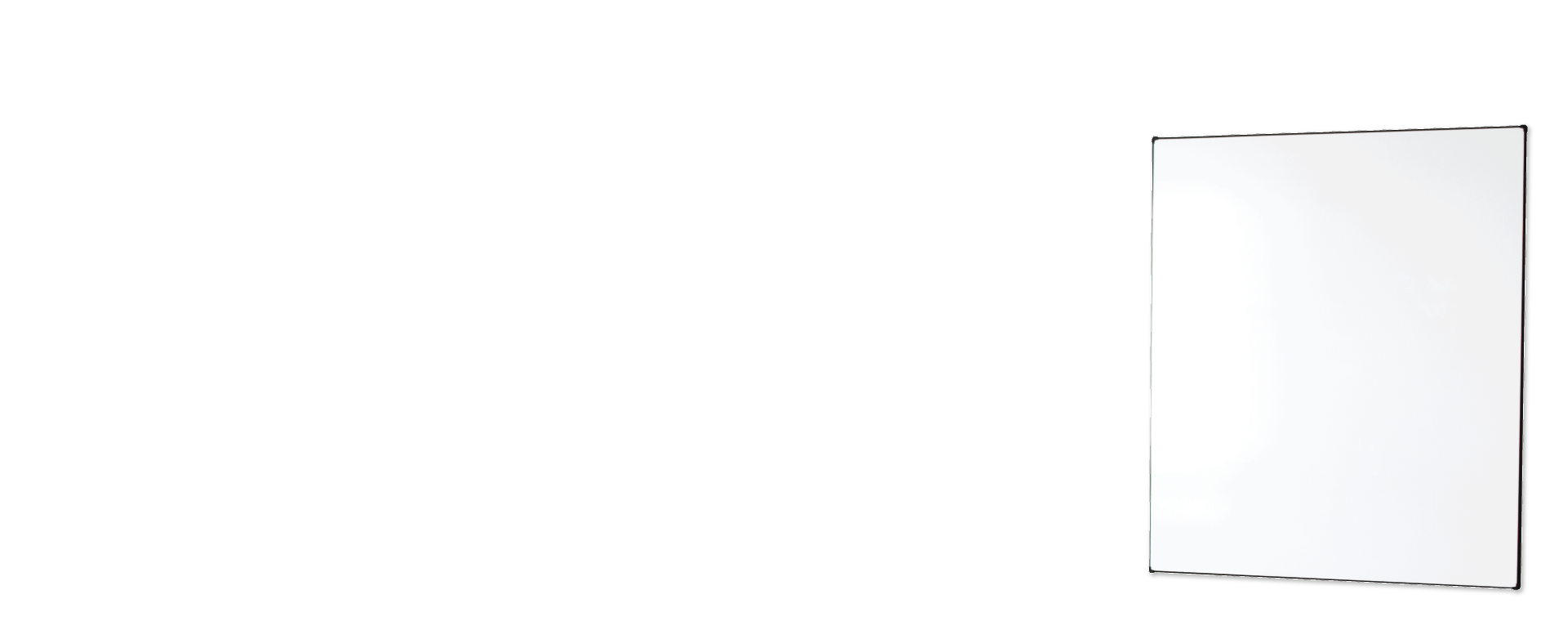
Free Contribution
Class discussions are a popular exercise in modern education. In the free contribution mode beam can serve as a canvas for students to put topics up for discussion, provide sources and share what they come across online.
This of course is moderated by the teacher and posts aren’t anonymous, general rules of conduct still apply.
In the clip below, this feature is used in an ethics class about the topic of Antisemitism.
Focused Collection
Whenever a little more structure is required, there is the option to restrict the collection to a specific type of content that can be sorted into custom categories.
Students can contribute terms about related but different concepts for instance. They do so in a way that resembles sending messages in a messaging app.
This feature is used here to sensitize students to the important differences in the experience of somebody fleeing and somebody going on a vacation.
Didactic Method Templates.
beam can be used in an even more structured way with Didactic Method Templates. These represent a category of predefined contribution formats inspired by existing didactic methodology and a constructivist education philosophy.
One of these templates allows students to choose an image, write a poem about it and add their own creative touch by customizing typography and colors before presenting it to the class.
What I've learned
Follow the path of least resistance.
One mayor issue with the use of technology in education is the cost. Schools have limited funding and acquisition of new tech is usually a significant problem. This circumstance is ultimately political in nature and can’t easily be influenced by means of design.
We found that many of the schools we visited had acquired digital whiteboards and the overwhelming majority of students owned smartphones. Thus, we focused on utilizing what was already there to a greater extent.
People love to help you solve their problems.
It was nothing short of amazing how helpful and open teachers were when we asked them about their use of technology.
We could gather a lot of instrumental insight in user research and were offered the opportunity to test our concepts and prototypes with full classes of students.
All we needed to do was ask.

